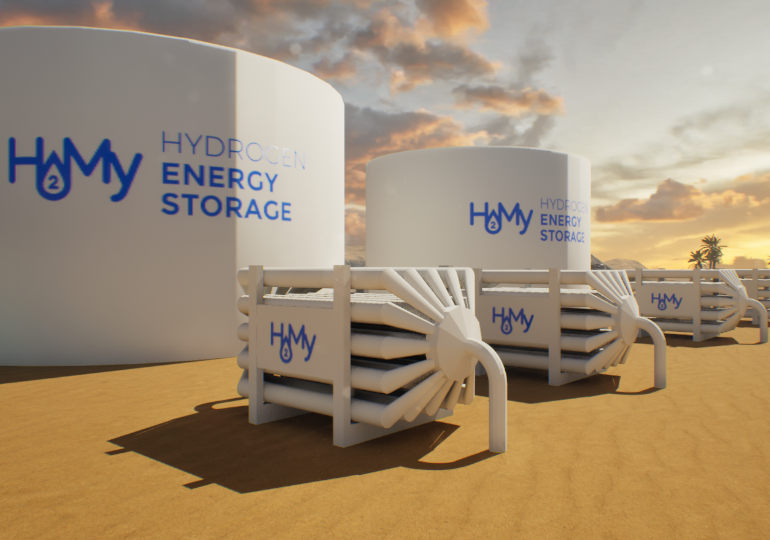H2My will help develop seawater desalination in the future
Until we begin developing and marketing our own innovative seawater desalination plants, we will utilize and market (store) the opportunities and products currently available on the market.
The known techniques for producing drinking water from seawater are:
Reverse Osmosis (RO):
This method involves forcing seawater under high pressure through semi-permeable membranes.
Distillation:
Here, seawater is heated to produce steam, which is then condensed to produce pure water.
Electrodialysis:
This method involves passing seawater through a series of semi-permeable membranes that are positively or negatively charged.
Vacuum evaporation:
This method is similar to distillation, but it uses a vacuum to lower the boiling point of water.
Solar distillation:
Here solar energy is used to evaporate and distill seawater. The seawater is fed into shallow containers or evaporation basins, which are then heated using solar energy.
Ion exchange:
This method uses special resins or ion exchangers to remove salts and impurities from seawater.

